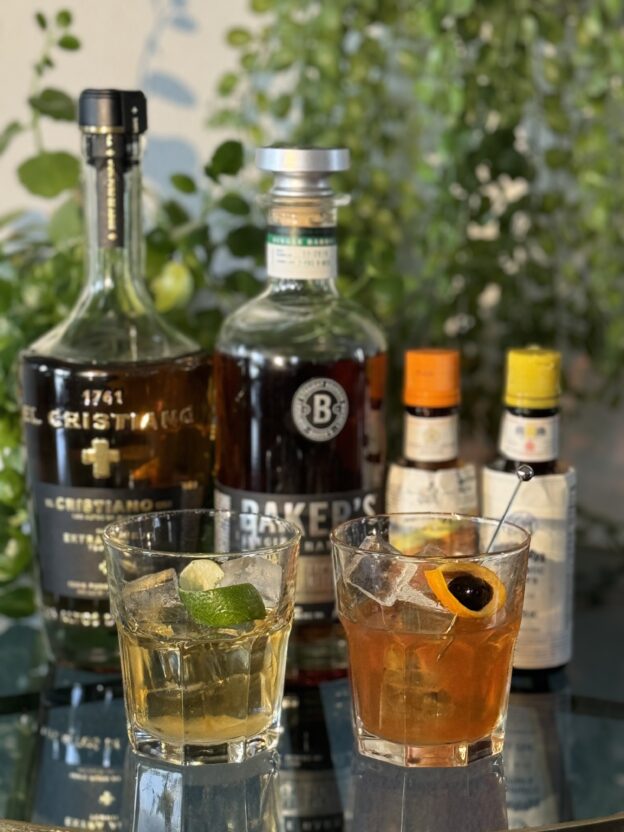The Old Fashioned traces its roots back to the early 19th century. It emerged during a time when cocktails were gaining popularity in America, with bartenders experimenting with various spirits, bitters, and sweeteners. The term “cocktail” itself originally referred to a mixture of spirits, sugar, water, and bitters.
The exact origin of the Old Fashioned is a bit murky, but it is generally believed to have been invented in the early 1800s. The cocktail was first referred to as an “Old Fashioned” in the 1880s, when it became a staple at the Pendennis Club, a gentlemen’s club in Louisville, Kentucky. The recipe was supposedly introduced to the Waldorf-Astoria Hotel bar in New York City by a club member, cementing its place in cocktail history.
The Old Fashioned is known for its simplicity and balance, requiring only a few key steps:
- Place a sugar cube in an Old Fashioned glass.
- Soak with 2-3 dashes of Angostura bitters and muddle until the sugar is dissolved.
- Fill the glass with large ice cubes and pour in 2 oz. bourbon or rye whiskey.
- Stir gently to combine.
- Garnish with an orange twist and a cherry.
While the classic recipe remains a favorite, there are infinite variations you might enjoy, including:
Tequila Old Fashioned (pictured, left): Substitute extra añejo tequila for the whiskey, orange bitters and garnish with a twist of lime. This gives it a brighter, more citrus forward flavor profile.
Smoky Old Fashioned: Add a splash of smoky Scotch whisky for an extra layer of complexity.
Spiced Old Fashioned: Experiment with different bitters, such as orange or chocolate bitters, to add a unique flavor profile.











